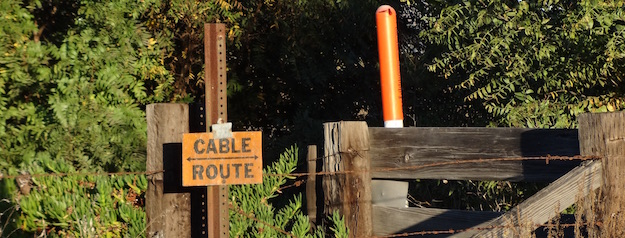
It makes for good headlines for a slow Friday at the white house, but so far that’s about all that’s resulted from a $20 billion pledge to support rural broadband development. Federal Communications Commission chair Ajit Pai joined president Donald Trump to hype 5G plans and spectrum auctions, and tossed in a new rural broadband initiative at the end.
Sorta.
Pai’s “Rural Digital Opportunity Fund” is just the next reboot of the long standing Connect America Fund (CAF) subsidy program, that similarly poured billions of dollars into rural broadband projects, according to a story by Jon Brodkin in Ars Technica…
The new program will be part of the Universal Service Fund (USF), and it will be similar to an existing USF program that began during the Obama administration. In 2015, the USF’s Connect America Fund (CAF) awarded $9 billion for rural broadband deployment—$1.5 billion annually for six years—in order to connect 3.6 million homes and businesses…
At $2 billion a year over ten years, the fund will provide more money each year over a longer period of time than the CAF program it would replace…
In an email to reporters, Pai’s office said the Rural Digital Opportunity Fund will “provide up to gigabit-speed broadband in the parts of the country most in need of connectivity.”
Arguably, CAF caused many of the problems that Pai now says he wants to solve. The program was custom designed to funnel taxpayer money to big, incumbent telephone companies, who, in return, promised to deploy slow speed, low capacity service – 10 Mbps download and 1 Mbps upload speeds, often via bandwidth-limited fixed wireless systems – by the end of next year.
There’s no indication that the FCC’s telco-centric approach will change, or that subsidised rural broadband service will be significantly better than what’s been deployed in the past. There are tight restrictions on how USF money can be spent and who can get it. The game was rigged by telecoms companies a long time ago and the problem is only getting worse.
Promising “up to gigabit speed” service doesn’t really promise anything. Last year, Pai embraced the 25 Mbps down/3 Mbps up standard adopted by the federal agriculture department, but even that is mired in the past – homes and businesses need access to speeds of 100 Mbps down/20 Mbps up just to keep up with current demand.
